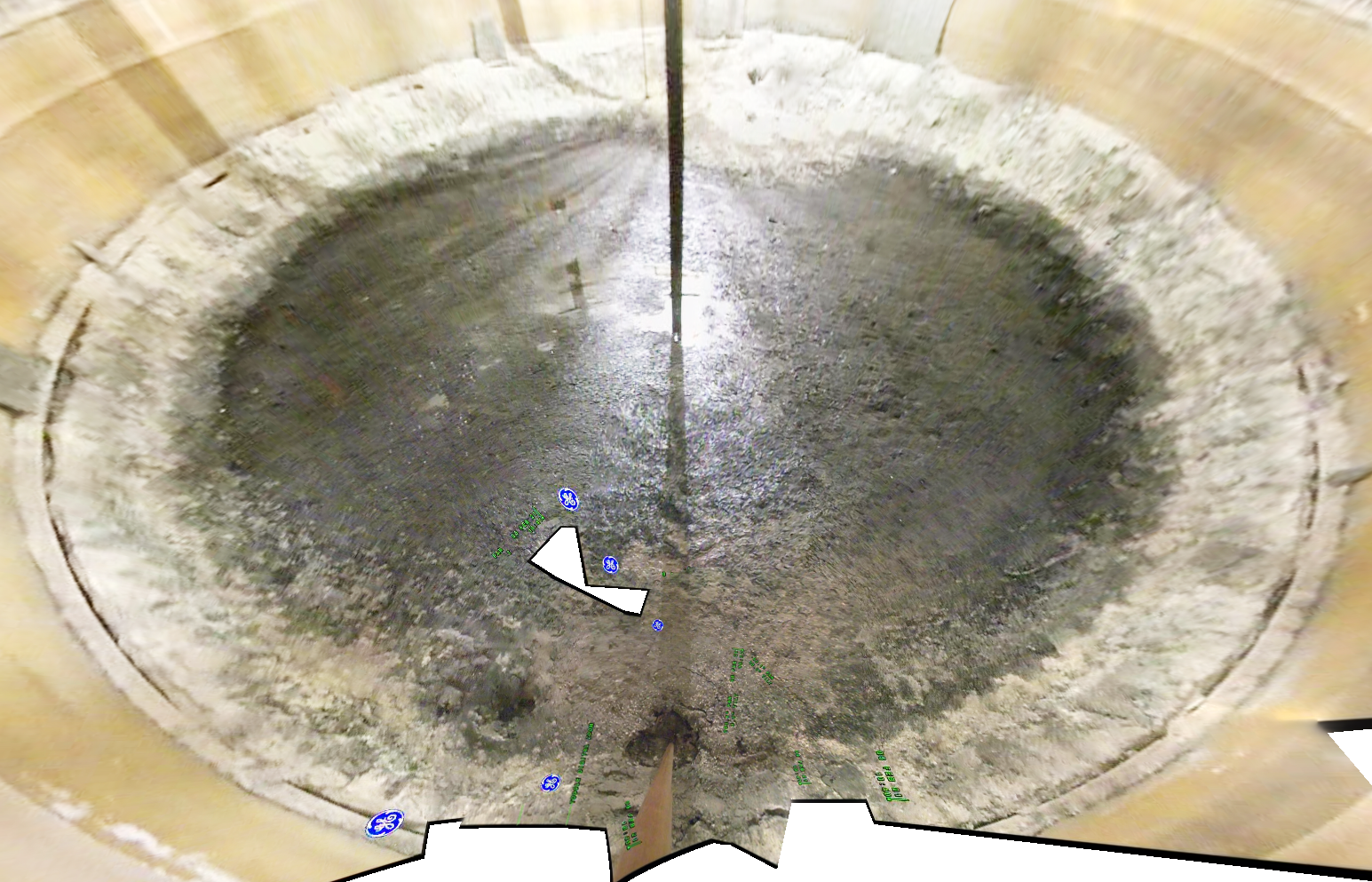Work to respond to actively leaking tanks and future tank leaks at the Hanford Site will continue to proceed as planned following a settlement agreement filed with Washington’s Pollution Control Hearings Board today.
Heart of America Northwest, a nonprofit group, had challenged an Agreed Order between the Washington State Department of Ecology and U.S. Department of Energy on the tank leak response the agencies announced last August.
Ecology and Energy announced the order in August 2022. The document outlined a path for responding to leaks in tanks B-109 and T-111 and created plans on how to respond to any potential future single-shell tank leaks.
“This settlement is the result of a collaborative effort to resolve concerns with the Agreed Order we announced last year,” said David Bowen, Ecology’s Nuclear Waste Program manager. “Work has continued over the last nine months to begin implementing this order, and we’re glad that we can continue that momentum.”
The settlement with Heart of America does not amend the Agreed Order, but instead provides clarity on the order’s requirements. It also requires Energy to obtain a third-party expert review from Pacific Northwest National Laboratory of a key technical evaluation included in the order.
The technical evaluation under the order requires Energy to explore ways to accelerate the schedule to remove waste from undergrounds tanks T-111 and B-109. This settlement clarifies that this evaluation will include consideration of near-term options such as enhanced salt-well pumping and the use of an in-tank pretreatment system for removing waste from the tanks.
Energy will hold a technical workshop on this evaluation with experts from Pacific Northwest National Laboratory for a third-party review and include an expert chosen by Heart of America Northwest.
Details about all of the components of the Agreed Order are available on Ecology’s leaking tanks webpage.
As Ecology continues working with Energy to implement the Agreed Order, there will be opportunities for the public to review the plans and provide input. Details about these upcoming public involvement opportunities can also be found on the same webpage.
Background
From World War II through the Cold War, the Hanford Site produced more than 70 tons of plutonium. When plutonium production ceased in 1989, the site’s mission shifted to cleaning up the chemical and radioactive waste left behind.
Of the 177 underground tanks containing radioactive waste at Hanford, 149 are single-shell tanks decades past their initial design lives of about 25 years. While all of the single-shell tanks have had a majority of their pumpable liquids removed, these tanks still contain a mixture of sludge, saltcake, and residual liquids that is challenging to extract. Two single-shell tanks are currently leaking:
- Tank B-109 currently holds roughly 123,000 gallons of waste, with about 13,000 gallons of residual liquid, and is estimated to be leaking 560 gallons per year.
- T-111 contains about 397,000 gallons, with 37,000 gallons of residual liquid, with about 300 gallons leaking each year.


